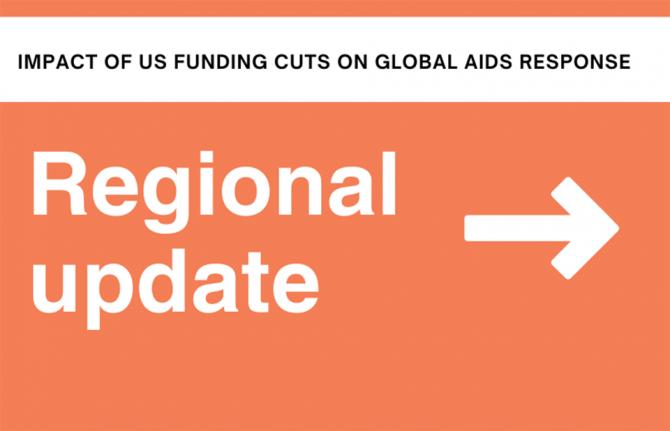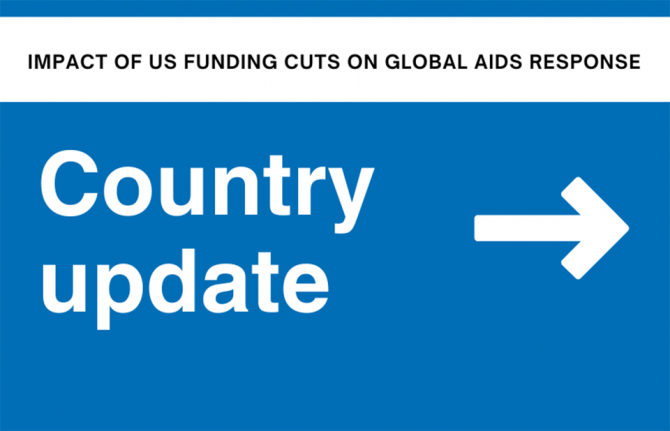

Participants included experts from the European Commission and European Union institutions, as well as representatives from key populations, service providers, research organizations, governments and the United Nations.
Debrief
Changing the game in Europe
28 January 2014
28 January 2014 28 January 2014In Europe, HIV prevalence is increasing in key populations at higher risk, especially among men who have sex with men and in Eastern Europe among drug users and their sexual partners.
In order to find ways to move towards zero new HIV infections, zero discrimination and zero AIDS-related deaths in Europe, UNAIDS organized a consultation last week at its headquarters in Geneva, Switzerland.
Participants
Experts from the European Commission and European Union institutions, as well as representatives from key populations, service providers, research organizations, governments and the United Nations took part in the meeting.
Key messages
- In many European countries strategic information on key populations remains limited.
- Stigma, discrimination, criminalisation of HIV transmission and a lack of services and incentives are often barriers to research.
- A new wave of HIV infections among MSM primarily affecting men in rural areas, smaller cities and countries in the east with historically low prevalence may be associated with the wider access to new technologies.
- New technologies are providing men with more opportunities to engage in same-sex encounters; Sex workers are also increasingly operating online and the internet market for new synthetic injectable drugs is rapidly evolving.
- At the same time new information technologies also bring opportunities for research, peer outreach and interaction, and are breeding a new generation of activism and community mobilisation which can radically change the game of the HIV response in Europe.
Quotes
“The internet and social media revolution is radically transforming the landscape for the HIV response in Europe and beyond”
“We need to stand by key populations affected by HIV, and defend their rights, whether it is in Athens, Abuja or Stockholm. We cannot leave people behind”


